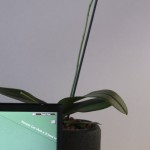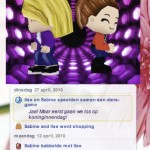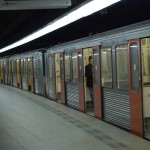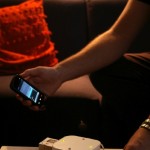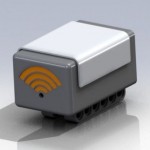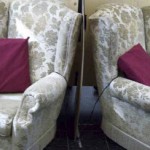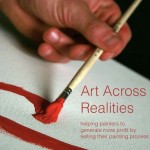By Matthijs Kwak
Interesting work done by one of the master students. [Project Report, PDF, 700K]
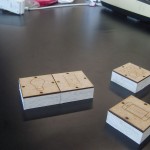
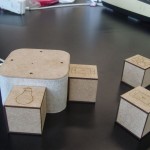
Abstract: Technology is moving to the background and interoperability between devices increases. The handles for users to explore, make and break connections between devices seem to disappear inoverly complex menu structures displayed on small screens. Two prototypes have been developed that introduce a tangible approach towards exploring, making and breaking connections between devices in the living room. One provides a centralized approach (SCD1), the other a decentralized approach (SCD2). Industrial Design students and graduates(N=12) have performed tasks and were asked to explain and grade one out of three methods: SCD1 (image 1), SCD2 (image 2) and bluetooth pairing.Findings suggest that users are better able to project their mental model of how the system works on SCD2 and that atangible solution is not necessarily a better one.
